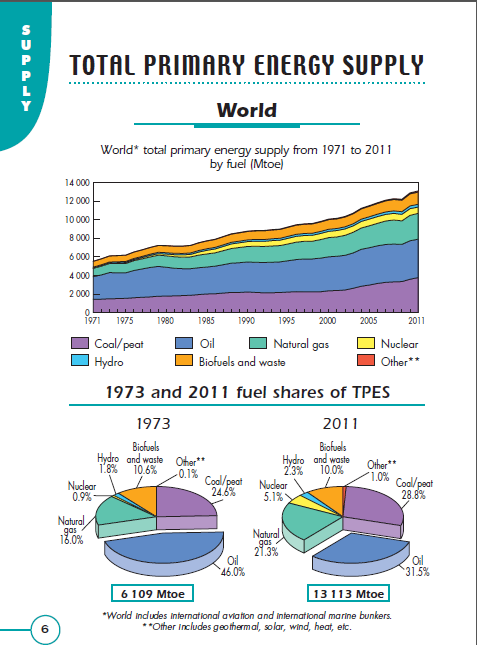Let's Lobby!
- No energy is clean. Period. End of story. Elvis has left the (pick one): solar panel / wind turbine / nuclear reactor / dam.
- Thus, no energy is zero emissions (once you consider the lifetime emissions of the respective technology).
- The most we can say is that something is cleaner or lower carbon than something else.
- When discussing subsidies, let's not say x receives so many dollars and y receives only this other amount. Things have to be stated in subsidies per energy produced to have a reference point.
- They are high carbon.
- In particular coal, causes a substantial number of casualties during its extraction.
- In addition to carbon, they liberate other important pollutants to the environment.
- Not considering externalities, they are the cheapest energy sources we have on a global scale.
- Our current infrastructure is built around them.
- They are convenient, reliable, flexible, high density energy sources.
- Entire countries depend on the revenue they produce not to mention many millions of jobs all over the world.
- Carbon Capture and Storage (CCS) has not been widely deployed.
- According to the EIA, IEA, they will continue to dominate the energy market for decades to come.
- They are intermittent and unreliable and no amount of spin can change this. The low costs quoted for these technologies consider them piggy-backing on the conventional grid. If they were required to pay for the full effects of their intermittency / unreliability their costs would skyrocket.
- As an individual component, they seem to be low carbon, but once the system is considered (RE + FF backup), the emissions go up enough to even question if they are truly low carbon solutions.
- Storage or other means to compensate for the above have not been widely deployed.
- It is reliable, dense, safe, scaleable and produces little (although dangerous) waste.
- Is currently fighting an uphill battle against irrational fears planted by lobbyists (see above).
- Globally, it currently holds the highest market penetration in the production of low carbon electricity.
- It has served us well for many, many decades.
- As a percentage of our total energy consumption, it probably has reached its peak.
Thank you.
Labels: AGW, carbon emissions, energy, fossil fuels, global, hydro, nuclear, solar, wind
















